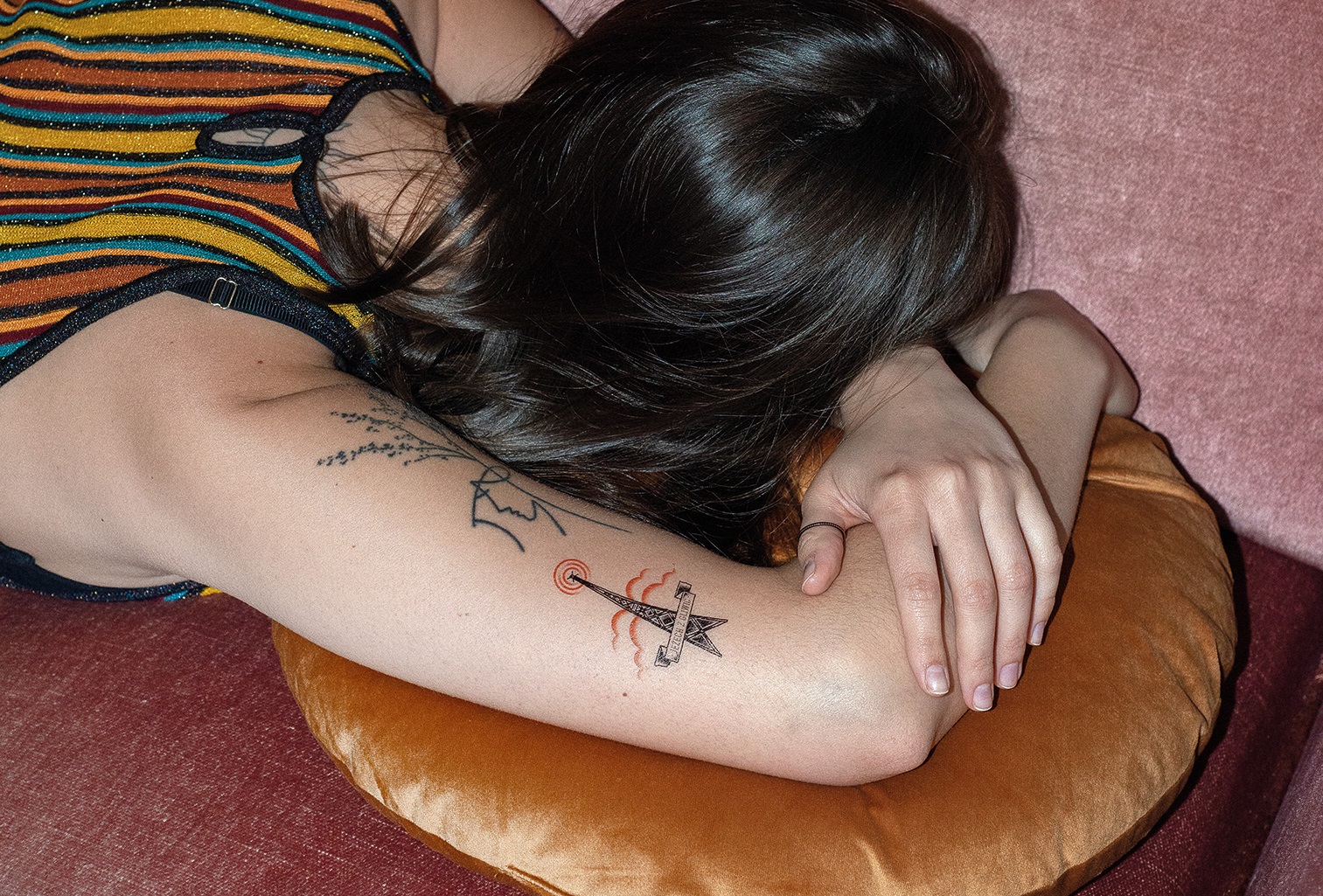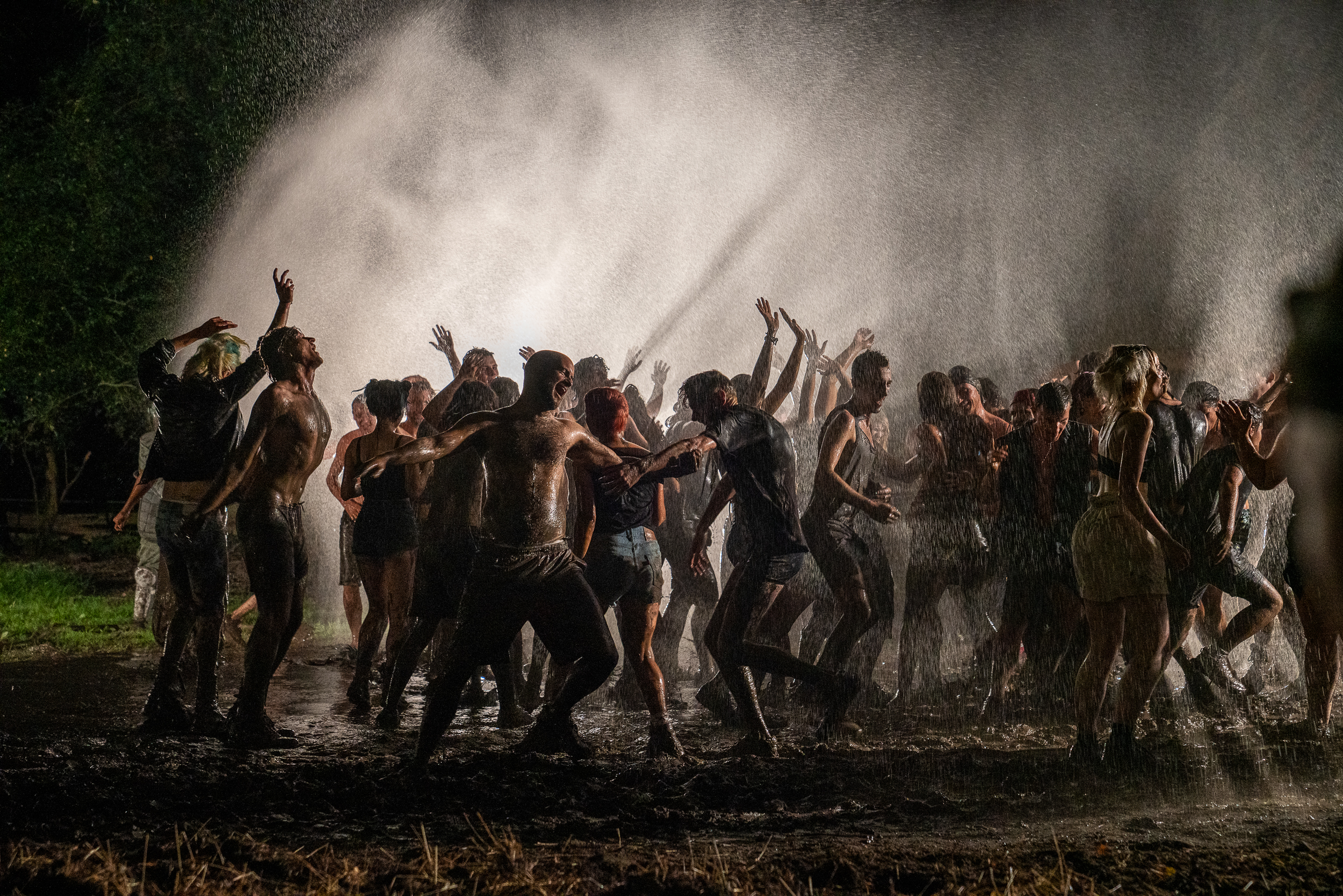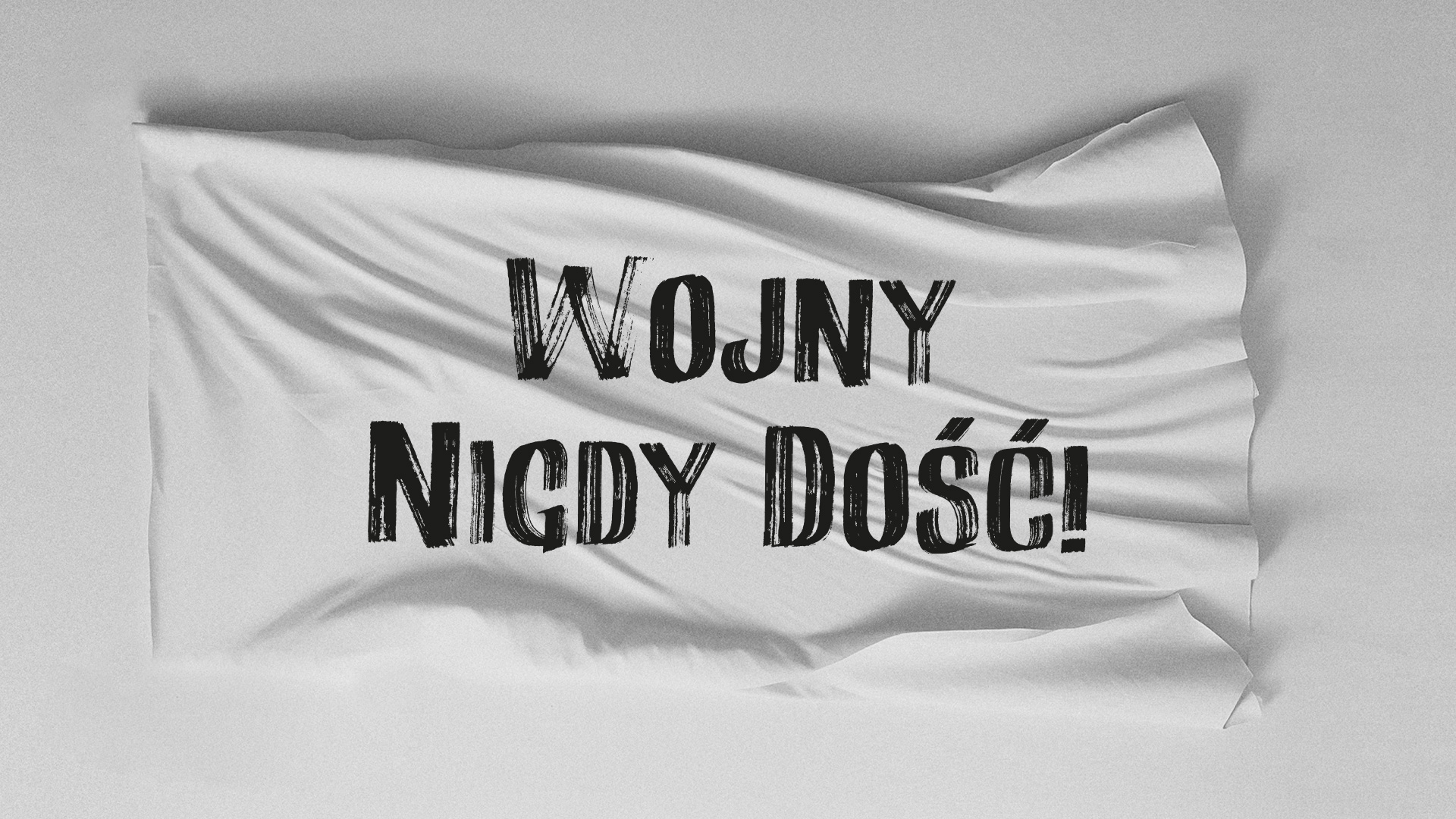Programming the puppet. Ali Bunsch in the collection of the Centre for Polish Scenography
- 23 listopada, 2020
- Kategoria: Archiwum wystaw
Puppets are not cute, like muppets. Puppets are effigies and gods and meaningful creatures. / Peter Schumann, Bread and Puppet Theatre
The main part of the exhibition room is occupied by the reconstructed stage of a puppet theatre built according to the scenographic design for “Zwyrtałowa muzyka” [Zwyrtała music] inspired by the works of Ali Bunsch. Graphic motifs referring to mountain folklore may be found on the curtains and the flats, whereas puppets created in Ateneum Theatre’s workshop have been placed on the stand and the screen. The expressive power of the characters and the highlighting of the personality traits have been captured in their plastic shape. The size or scale of individual parts of the puppets affect the emotions expressed in the form of, for instance, a large head, enlarged eyes or exaggerated hands.
A child is an unaware poet. A poet is a child made aware. / Krystyna Miłobędzka
Having fun with theatre may serve as a basis for shaping the sensitivity of a future conscious viewer. The visitor has the opportunity to learn about the basic concepts related to the puppet theatre and the differences between a drama theatre and a puppet one, where an object, an animal or a fantasy creature may all become the protagonist.
Ali Bunsch was one of the most outstanding scenographers in the post-war Polish theatre. His works were not only extremely visually attractive, but, above all, they constituted an in-depth study of reality emerging in the form of interesting metaphors. He skilfully drew inspirations from the world of children’s imagination, and the awareness of a child’s attitude towards the toy had its impact on the puppets of his own design.
He was born in 1925 in Bielsko to a family of artists: his father was a painter and a playwright, his grandfather was a sculptor, and his uncle – a novelist. He studied in Krakow (1940–45), first at Kunstgewerbeschule, and then he took up painting and scenography at the Academy of Fine Arts. Bunsch was also active in Tadeusz Kantor’s Underground Independent Theatre (1943–44). In his professional work, he was primarily associated with the puppet theatre. He had a significant impact on how its stage was shaped. He was recognised as the creator of a Polish-type puppet – one with a simple, geometric shape. His stage designs were extremely visually attractive. Bunsch drew his inspirations from folklore and the world of children’s imagination. He made his debut at the Old Theatre in Krakow, and from 1952 on he worked in the Gdańsk “Miniatura” Theatre. He helped stage nearly 200 performances in puppet theatres and over 100 performances in drama theatres, including the Wybrzeże Theatre and the Dramatic Theatre in Warsaw. He died in Gdańsk in 1985, the day after the premiere of “Lodoiska”, the last performance he had been working on.
Programming the puppet. Ali Bunsch in the collection of the Centre for Polish Scenography
Temporary exhibition
Curator of the exhibition: Jolanta Niedoba
18 September 2020 – 3 January 2021
Pozostałe Archiwum wystaw

Jadwiga Janowska „FALSE FLAG”
04.04.2024 – 30.06.2024
wystawa plenerowa / plac Fajrant

Lech Majewski „POLANA”
23.03.2024 – 06.10.2024
Galeria jednego dzieła / hol centralny

WOJNY NIGDY DOŚĆ!
23.02.2024 – 13.10.2024
przestrzeń wystaw czasowych na poziomie -2
